Comparing Vodka vs Beer offers insight into a diverse landscape of preferences and occasions. Each beverage brings its individual character to the table, from the pure, potent kick of vodka to the nuanced, varied expressions of beer.
Whether you’re toasting to celebrate, unwinding with friends, or savoring flavors, understanding their differences enriches your imbibing experience. Let’s dig a little deeper.
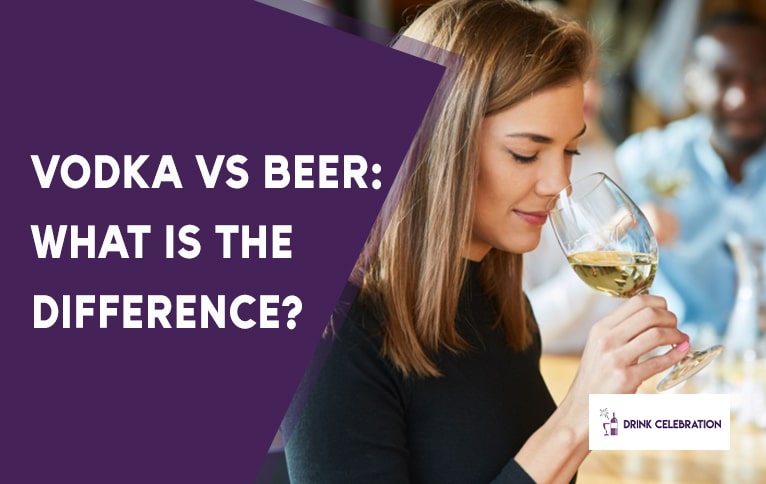
Vodka vs Beer: The Comparison
Here’s how vodka and beer differ from each other:
1. Key Ingredients
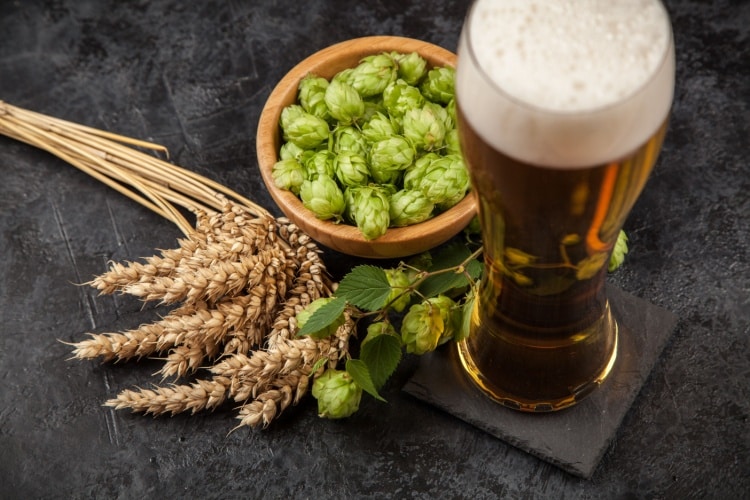
The essential raw materials in vodka and beer distinctly set them apart. Vodka, a distilled liquor, primarily uses water and ethanol with traces of impurities and flavorings.
The ethanol is derived from fermenting grains like wheat, rye, or potatoes, making it a clear, high alcohol content spirit.
On the contrary, beer is brewed from malted barley, hops, yeast, and water. It can also contain adjuncts like corn or rice to affect flavor and calorie content.
While vodka and beer are different alcoholic beverages, their key ingredients are pivotal in their production processes and contribute to their unique characteristics.
2. Alcohol Content
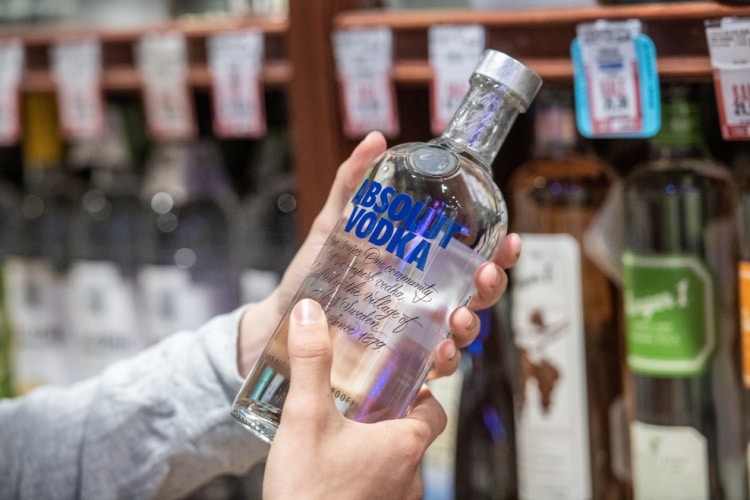
Vodka, as a distilled spirit, has a significantly higher concentration of alcohol, typically around 40% by volume (80 proof). Some varieties of vodka even reach up to 50% or more, especially those from Eastern European regions where drinking hard liquor is a cultural norm.
Conversely, beer generally has a much lower alcohol content, usually around 4% to 6% by volume for many popular lagers and ales.
Light beers come in on the lower end of the scale, often less than 4%, while craft beers and special brews like Imperials and double IPAs can climb to 8% or higher.
This means that the alcoholic content in a single shot of vodka (1.5 ounces) can be equivalent to an entire beer (12 ounces), depending on the specific types being compared.
Therefore, considering how much alcohol one consumes, a beer may be the lighter option, but drinking beer to match the buzz from vodka could lead to a greater volume of liquid and, consequently, more calories.
Binge drinking either beverage can be harmful, but the higher alcohol content in vodka means that excessive alcohol consumption can occur more quickly when drinking hard liquor compared to beer.
3. Dominant Flavor
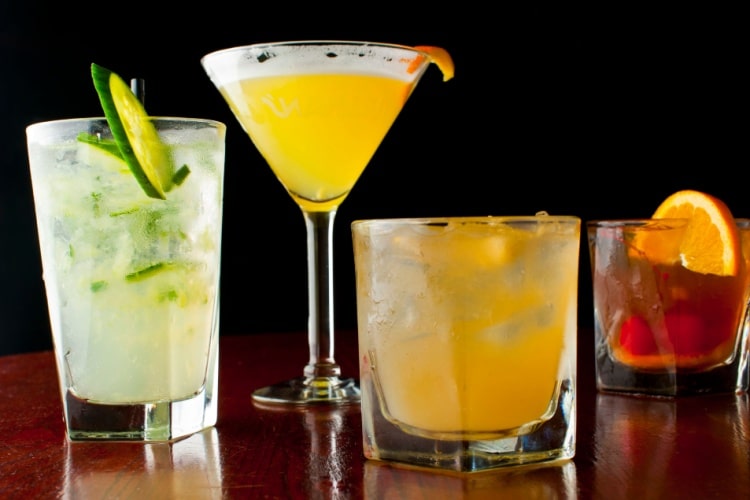
Flavor profiles between vodka and beer show a marked contrast. Vodka prides itself on purity, often having a neutral taste profile with subtle hints of grain or potato, depending on the source material. This neutrality makes it a versatile component in mixed drinks.
In contrast, beer comes in a vast spectrum of flavors ranging from the bitter notes of a light IPA (India Pale Ale) to the sweet and malty taste of a stout. Craft beers add another dimension with their specialized ingredients, contributing to an even broader palette of flavors.
4. Aroma

The aroma is an integral part of the tasting experience. Vodka, being a distilled liquor, has a subtle and often clean aroma with slight variations depending on the source ingredients. The simplicity of vodka’s aroma complements its overall neutral character.
Beer’s aroma is far more complex, with different styles presenting a range of scents from fruity to floral and yeasty to roasted — all influenced by the specific hops, malt, and brewing process.
5. Mouthfeel

The sensation in the mouth, or mouthfeel, of vodka versus beer is quite distinctive. Vodka typically offers a smooth and often warming mouthfeel, especially when consumed neat or in a shot glass.
It doesn’t linger long but can leave a slight burning sensation due to its high ethanol content. Beer, on the other hand, can range from light and crisp to full-bodied and creamy. Carbonation also plays a critical role in beer’s mouthfeel, making it effervescent or prickly on the tongue.
6. Typical Use
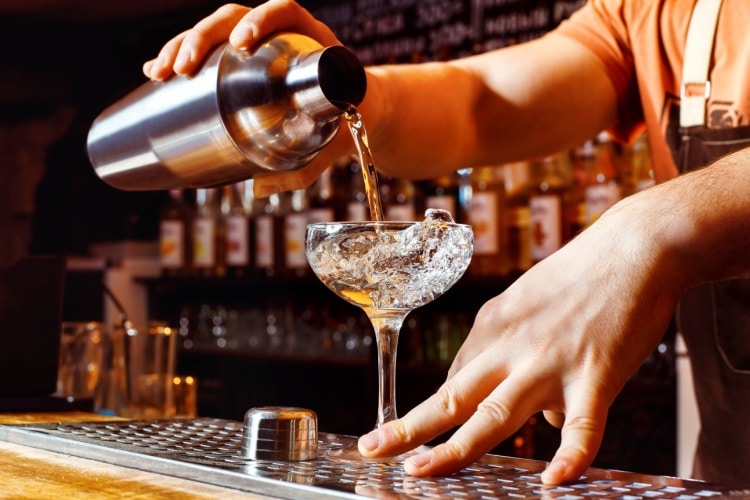
Vodka is mainly consumed in mixed drinks or cocktails, such as the Bloody Mary or Cosmopolitan, where its high alcohol content and low flavor profile can be complemented by other ingredients. It’s also enjoyed neat, chilled, or in a shot, often as a part of social rituals.
Beer is frequently favored for casual drinking scenarios, widely appreciated straight from the bottle or on draft, and is a staple in social gatherings and sporting events.
With a lower alcohol content compared to hard liquor, beer encourages slower consumption over a longer period.
7. Distillation Process
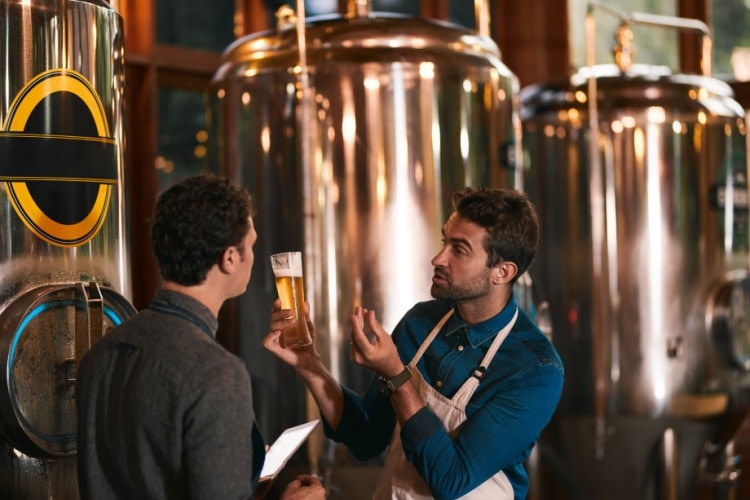
The production process of vodka and beer is fundamentally different due to their categories as distilled spirits and brewed beverages, respectively.
Vodka is distilled multiple times to achieve its purity and high alcohol content. The fermentation process converts sugars into alcohol, which is then distilled to elevate the ethanol content.
In contrast, beer undergoes a single fermentation process where yeast metabolizes sugars from the malted barley, producing alcohol and carbonation. Beer never enters a distillation process.
8. Price

The pricing of vodka and beer reflects a range of factors, from production techniques to brand positioning.
For vodka, prices can vary from budget-friendly options at about $10-$20 per bottle to premium labels that can cost between $30 and $100 or more for a 750ml bottle.
Ultra-premium and luxury vodkas can even exceed the $100 mark. Beer typically offers a more affordable range, with standard lagers costing between $1 to $3 per bottle or can.
Craft beers, recognized for their artisanal approach, can be pricier, ranging from $2 to $10 per bottle, depending on the reputation of the brewery and the rarity of the brew.
When comparing on a per-serving basis, a standard shot of vodka (1.5 ounces) could cost less in the long run than drinking beer, especially if one opts for craft beers.
However, because beer is generally consumed in higher volumes, a single outing might involve multiple beers, potentially shifting the cost equation.
Final Words
Vodka and beer, each with rich traditions and dedicated followings, offer distinct experiences for the discerning palate. They cater to different preferences, occasions, and tastes, contrasting sharply from the potent simplicity of vodka to the intricate variety of beer.
This exploration through their nuances not only informs our choice at the bar but also deepens our appreciation for these beloved beverages.